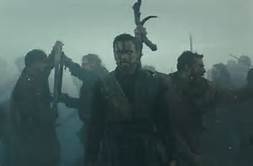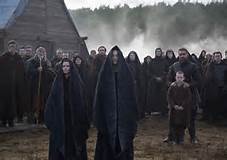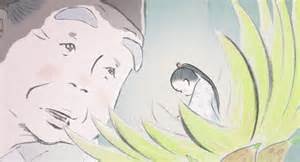
On Chesil Beach
Directed by Dominic Cooke, Produced by Elizabeth Karlsen, Stephen Woolley. Screenplay by Ian McEwan Based on On Chesil Beach by Ian McEwan.
Cast Saoirse Ronan … Florence Ponting, Emily Watson … Violet Ponting, Samuel West … Geoffrey Ponting, Billy Howle … Edward Mayhew, Anne-Marie Duff … Marjorie Mayhew, Rasmus Hardiker … Waiter 2, Bebe Cave … Ruth Ponting, Adrian Scarborough … Lionel Mayhew, Jonjo O’Neill … Phil, David Olawale Ayinde …, Wigmore Audience Concert Attendee, Bronte Carmichael … Young Chloe Morrell, Bernardo Santos … Cinema Couple, Philip Labey … Bob, Ty Hurley … Wigmore Concert Attendee, Oliver Johnstone … Ted
Saoirse Ronan, Billy Howle, Emily Watson, Anne-Marie Duff, Samuel West, Adrian Scarborough. Music by Dan Jones, Cinematography Sean Bobbitt, Edited by Nick Fenton, Production company Number 9 Films, BBC Films. Distributed by Lionsgate, Bleecker Street.
Duration 1hr 50mins. Cert. 15. Country United Kingdom. Language English.

Short Navigations
This is a story told in three time periods and it begins and mostly occupies the earliest period and its immediate rub up to wedlock. Over 60% hovers around the earlier period. The later times are visited in reflection and as indications of how things have turned out for Florence Ponting (Saoirse Ronan) and Edward Mayhew (Billy Howle). The times change them irrevocably and the outcome of this story is far from the imagined prospect when we first enter the story as it reaches the honeymoon reservation of a posh hotel in Dorset overlooking the shingle headland or bar of pebbles that create an other worldliness of escapism and is harbinger of hope and romance.
Setting
Where is Chesil Beach and is it sunny and hot? ; not always a pair. Well it is the jurassic coast of Dorset, Southern England and more notable for its shingle and Portland Bill and Portland stone, no sand is to be seen along it. Apparently the crew where filming this in late autumn 2017 and it was obviously a chilling time but colour grading works wonders.
People in 1962
Both these young people are acutely sensitive to the sensibilities of the times and in their being born during the war are acutely aware of the dynamics of peace and a new frontier of a Cold War developing in the struggle for supremacy in Russia and Germany alongside its reconstructed allies and temporary reparations in European idealised modernity. Both have first class honours degrees and Edward is a product of a teacher and headmaster father Lionel ( Adrian Scarborough). He has two siblings, twin girls born after an accident befalling their mother Marjorie (Anne-Marie Duff) now housebound, if not naked and watching the squirrels as people inhabiting her comfortable and mature garden. A recent short film at the Belfast Film Festival concerned itself with dementia and was called Monkeys in the Garden. Not to make light of it, it too was a vision of how lives are affected by a moments occurrence or breakdown of the bodies defences.

Portraits
We see the view of Edward through this revision in his life, in respect of his mother’s injury and his anger, which is a feature not currently present, is recalled in anecdotes. Florence (named after the City? hardly the type given the austere ma and pop!) knows little about him other than his reformed side and CND encounters. An academic he is nevertheless keeping tabs on the grosser forces within him, his aggression is a tool and servant but he feels inadequate as it is his intellect and inability to deduce his own belief system. He is shifted of course by events and this is borne out over the going back and reveal of certain aspects of his childhood. OK I said there were three time periods, perhaps there were others crept into for pathos.
For Florence’s story it is also interlaced with similar anecdotes with a delightful toff in the form of mother Violet, (Emily Watson), a constantly austere wannabe Jackie Kennedy alongside her status hungry and sometimes mysterious husband Geoffrey (Samuel West) and easily rattled egotist electronics factory owner played in intentionally hammy fashion. Florence is a music student with a leadership quality and is wholly wrapped up in the pathways music opens. Florence has attained a post of behind the scenes general dogsbody at The Wigmore Hall, Wigmore Street which lasts three years. Her own aspirations in performance are fulfilled in lower recitals but cleverly she puts across a form of music which lasts.
Musics healing
I remember on the way home from work often passing the along the Wigmore Hall rear alleyway at a time uncertainty hung over the arts funding of that long established place and lunchtime performances by the and for the BBC Radio audience proved to be a cultural asset heavily embedded in good music played to the highest possible standard open for public consumption and egalitarian defiantly hoping against hope and Thatcher the continuance of the philosophy behind excellence as common property to be cherished.
The alleyway features here intact and unspoiled as before, its indentures prosaic and tangible despite the troubled periods seen through its existence. It is a remarkable presence and feature of West London a little distance from Oxford Street and Harley Street. Florence had the opportunity of assisting in performance as page turner to Benjamin Brittain and the evening performances had an international element equal in such a conservatoire atmosphere a smaller bolt hole away from the grander Albert Hall and Royal Opera House. The atmosphere inside was a musical paradise and retreat.

Notes as words
Throughout the film the choice of music is a stirring counterpoint othe emotional twists and turns and it is obvious this is a very important strategic tactic as it fills the cinema with a richness of audio pinnacles and troughs accompanying scenes of despair and unalloyed joy. Mozart, Bach, Haydn, Rachmaninov, Brittain, Beethoven all feature in the deliberate layering on us of a timeless appreciation of the emotions evolving. Were the music is at its height often the emotion is mixed and nervously exchanging between us and what we see a sense of elevation while it in reality is a one, visually which had none of the material a book can convey. These are the awkward extremities of the young lovers own deeply felt disoriented disordered conflict of expectations.

Mis-steps
Here I have to place my failure to accept, in large parts, the premise inherent in the novella. I found the absence of enquiry or even a consultation of a Doctor by Florence off kilter. There is a deficit and no dimension of mental disturbance in the mind of Florence whose horrible construct of the sexual act is a peculiarly obstinate block her life has not prepared her for. There was at the time a new emphasis on the workings of the brain and R D Lang etc. Freud preceding brought it forward into the public realm along with TV and middle class enquiry. The book is able to push boundaries where a script will not allow and this film depends too much on the concepts of the viewer filling in the spaces and stiltedness of some of the imponderables. The fluency of prose Ian McEwan is stretched to replicate in this screenplay. On Chesil Beach she discloses in a speech, her anxiety in a long soul searching yet still unformed or fully expressed contempt of the actual response she articulated in circuitous explanation leaving Edward in a pale of despair.
There is a feeling the film does not convey the real problems on the side of Edward either. While we are left to assume certain things about Florence and then are unable to gauge the extent of hurt and damage they cause and with things also causing her uneasiness and tense suffocating anxiety. There is in Edwards situation a sense of male entitlement of sorts given his deliberations in the led up to the troublesome (more than) bedroom scenes. It would have been, either a sense of duty to perform or be heroic and actually create a magnificent, unforgettable night of continual passion and lovemaking (!) as if it’s something as a male he is programmed to do, he is also contemplating the strangeness of these feelings and unable to equate eroticism with the needs of his partner and new very virginal wife. Then it creates an emasculated reaction and even more harm. There is a chasm between their thoughts and the film does not deal with them sufficiently well to overcome the visual awkwardness. There is still in these times a fearfulness that the awkwardness and newness of the experience may not fit ideals. Those ideals are themselves at the root of the problem and the present day information and education. It depends where it is found and Edward is also a person whose intensity does not help which itself is not adequately explored. Florence has to ask about his character and that is supposed to be a formation of a judgement for a clearly clever woman?!
London, we have a problem.
The way the conversations are developed are very attentive to the authors intent and premise. The question lurking is has he found a very unusual compelling story and is it to be seen as a wider component of the times and traditions, behaviours of the times. With both having long spells in London and away from their parental conformity I thought it too much of a stretch to see them as hesitant, micro living reclusive people without own warnings and experiences overlap, usually and relying on their own lives experience which has dramatic absence. Dorset becomes the past. No place for Corset jokes. A flaw is the inclusion of a later phase where shared living, in the 1975 period a collective and therefore contagion of sorts, fleshing out a sixties vibe in the seventies where – while sharing a bohemian household was frequent – the set up appeared forced. In the sixties it would hardly have been less of a communal existence yet it was not explored or the arrangements for living not examined in detail.
Psychology undeveloped
Audacious as some of the story may appear; the exploration of the psychology at work having an unrealised importance, I felt a lot of the developing story had empty aspects, mostly concerning the limitations imposed on both of the experiences either had of life. For present day young people this compressed uninformed pathway is unreal. They are conscious as well as familiar with, such instinctive sexual stirring emotional decisions and are are empowered by numerous, almost too present, events of sexual diversity, behaviour and relationship guidance. Parental intrusion is not a problem and often is a shared appreciation of discovered evaluation. The advice is also overwhelming currently as the meaning of the bodies acceptance of itself is accumulated in a set of terms and outcomes, comparisons are often fluctuating between less obvious mental pictures.

A lot of time is spent navigating the origins and the precipice we are on which is concealed within the story, in keeping with the dilemma of her heightened displeasure of the sexual act once it sets its seed inside her head in the inevitable pitch of consummating their marriage on their wedding night. This is a narrow filter unsuited to cinema as it is left hanging. Even cinema itself is not approached although a nod to the times seen in the film which is in their orbit, A Taste of Honey shows a conflict of familiarity with sexual education. The prospect is imagined and unreal and in her preparation she is compelled to refer to books which he4 younger sister who follows her every move, is equally excited about though not to the extent of imagining the meaning of the words outside her sisters own thoughts. Everything centres around the thoughts and wildest capture of ideas by Florence which she finds necessary and driven too by another set of conflicts which are not forgotten but suppressed. By taking the story through the motions of arrangement and outside diversions she is able to distract herself sufficiently to eradicate some of the worst until it becomes unavoidable once she is in Room 8 at the hotel and eager to please and share herself with Edward and embrace the moment. It heralds great stress and it is a staccato immersion into the ritual of love making which she and he have no notion of how it ought to serve them. Now they serve it and become overburdened lustfully not lovingly entwined.
Neither are practiced at the physical act of union and become transfixed by the prospect of it on their wedding night. Alone they discover that lives can become transformed by a gesture not made or a word not spoken.

Storytelling
In the bibliography of Ian McEwan there first comes, First Love, Last Rites as if it became a precedence of his novella On Chesil Beach. The straining loss of words is compellingly tale of tense human love and bonding past feeling.
THEY WERE young, educated, and both virgins on this, their wedding night, and they lived in a time when a conversation about sexual difficulties was plainly impossible. So the opening lines of the book draw us towards Florence and Edward in July 1962. Their day had joined their families in St Mary’s Oxford in a ceremony which went well including the reception and here having travelled in Florence’s mothers borrowed car arrived under a cloudy sky and with insufficient warmth to dine as planned outdoors. Instead they are together in the wedding suite dining and savouring the experience unique to both in many ways. In emphasis it is perhaps intentional to begin with the first two words in capitals in the book as they in the readers mind due some sympathy and empathy given their lack of worldliness. In fact it is not as it is a motif used in each chapter though none the less meaningful.

When those times were presaged by moral virtue and humility it is only proper, as the Vicar might say, that they were chaste lovers on the brink of a loving long relationship not without reward for their sacrifice of self control. For Florence her talk with her Minister is an ordeal and both find it difficult to identify with each other and the preposterous notion of not getting married is one option Elizabeth takes as an absurdity. The pleasure quotient is not spoken of. Duty is the key instrument here and she is as first violin a leader in all she accomplishes. The prologue is not a good one.
Indulgences are meaningful only if they are satiated and lent great impact in the fact they are prove positive of unrequited love.

Burden of the past
Belief is something neither have a great deal of time for. The realities of home life are its representation and compliant structure is the invocation. Some mores have it as a societal burden on pain of loss of a godly blessing. The morality first coming from a Church and sanctified by a class of ancient ritual.
Ian McEwan compresses into a short novel the disturbance of tranquil exquisite expectation by moving into the bonding of a young couple empty illusion. The physical prospect of penetration was for Florence no longer a misty concept formed out of friends explicit stories or happenstance and part knowledge obtained by the troubling loud engorged actress screaming in high pitched orgasmic ecstasy engagement. Of Edwards pleasure and own needs she would have no knowledge only in his expression would she see his physical endurance while both would be marrying each other’s thoughts in their new union and one neither had felt before. Before the Vicar and hiring of the hall for the reception Florence seems to have mislaid her concerns until the moment of the actual aloneness. If in the journey to the Hotel she was anxious it was suffused with the pleasure of filing away all the memories and even the road ahead was newly seen. Observation does not seem one of Edwards strong points either as the anticipation is always countered by the more effervescent reality. Twenty two years have passed and new things happen all the time. These are however formative moments and ones to signal and lay down markers for the future they would share.

Hidden Histories
Edward knew from University about the collapse of empires and his sojourn into conquering his love would have been shaped beforehand by a strategy to be a most humble and obedient servant to his new wife in satisfying her desires he would have comfort, not of a strange woman (The Comfort of Strangers another notable McEwan!) or innocent (The Innocent) passing encounter but a long to be lasting companion for life with all others forsaken. It is an occupied territory long held by Ian McEwan, this folly of loves testimony. Regardless of motive or morals he has attested to the problems enduring through many creative characters all having a degree of familiarity in our recollections but some are born out of sheer fantasy and the innocents here are in a realm which would have been common enough if borrowed thoughts and language are required to see it manifest in the pages.

How accurate?
There must have been couples off to the seaside hotel with anxieties and pleasure equally mixed in a heady cocktail of expectation in earlier times, say the fifties and even earlier. Would protection be worn would they have enough passion or energy after the matrimonial ceremony and ritual acceptance of good wishes that heralded their journey into this future? They would not sometimes have had a rehearsal of lovemaking or been conscious of the powers within to see them comfortably through and in isolated limbo until they lay sleeping newly married and partly fulfilled in their dreams of finding a partner who became in that moment a formula for life. Improbable as it may sound or seem, the casting of Saiorsce Ronan whose previous collaboration with the authors vibe was her breakthrough movie, Atonement, and then as a fourteen year old, is once again fixed in the lines of the book.
Ian McEwan has described (at his lucid best) his twenty two year old bride ‘as bringing to mind an American Indian woman, a high born squaw. She had a strong jaw and her smile was broad and artless, right into the creases at the corners of her eyes.’ the remarkable aesthetic of the beautiful candescence that Siarsce Ronan can occupy the screen with. In one publicity picture she is (freezing) on the Chesil Beach sitting with a forlorn gaze looking to embrace a situation that is exciting alarming and new while pouting over thoughts of days ahead. She fits the part remarkable as most illustrious actors do. having the facial balance and restrained openness and beauty which beguiled and captured truth of a kind rarely seen in cinema. While sexuality was always present they each have, had an allure beyond that which is where this character is required to be in her worldly thoughts of beyond sexual pleasure and its meaning and wanting to know what that building block is in essence why they need to stick together.
Both are on the front of this dilemma as they are at twenty years old inadequately prepared in the era and societal cultural doctrines open to new consciousness. As adults together learning.
While watching, it is ones own knowledge and experience which fill in the gaps of language used by Ian McEwan in the book, a novella which is searching in this film to pass on the eloquent and carefully composited words and juxtapositions employed in the book. Without self knowledge this film will not work and it is obviously crafted and made for a mature audience. With it als obeying seen in our media profuse times there is a connection to be made by the younger viewer and empathy is even more raw and intensely gripping. A sliding doors routine of what ifs.

Weather the storm?
My favourite beach is at Blakeney in Norfolk where the seas-edge is forever moving, appearing to me as the edge of the temporal and physical world. That horizontal bent line which formers the outermost point is out further than the moving edge. The curve of the earth visible in the melding of the sky and seas infinity ingathered but going untouched out beyond us. Chesil Beach possibly has the same frontiers. There is the headland of Portland Bill to be found close by. Behind it is the masons yards where hewn stone is cut and honed to facilitate a memory or vision to be put into a building. Land is present there. In Norfolk the elements see to it there is continual erosion. No land is safe as the coast is claimed incrementally in tiny invisible motions of waves relentless cycle. That turning of land into minerals swept away is almost the tangibility of the lovers quest to become another human being by having cause and effect. There is no going back. Immortality is attained while life is still present. Such are the promises and such are the illusions.
Conclusion ###3
It is difficult, particularly after ladybird to critique a film Saoirse Ronan is in and which she is on her game and filling her obligations and more. Alongside an equally strong performance by Billy Howle who goes through a more exposed later life, and with a very well cast supporting group there is a painful conclusion this film is not reaching the high bar it sets given the prose and narrative strength and form the original book achieves in spades. No spades on this beach but a lot of digging and hiding of sensitivities none more alluded to than the core of the psychology Florence has become accustomed to. There are few of any joyess parts and sadness is always present in particular what might have been. The couple are ideally matched and are able to dispose of their similar but separate forms of middle classery. They are intellectually matched but both are without the stronger need of emotional intelligence and it is obtained through hard learning.
Ian McEwan has created a new version of the story and my recommendation after seeing the film would be to visit the book if you have t altedy done so all that time ago. There is a good display of the boundaries of film and story which is requires masters of the genre to overcome. In the book those mis-steps seen here are not in the least visited and the beauty of language – the spoken words are few in the book and the reliance is on your constructing and building your own characters even visually and the casting has lent as much support as possible.
An enclosed compressed tale which it is hard to unravel. Complexity exists though there are narrow confines expressed here denying access to what you have come to understand.
John Graham
25 May 2018
Belfast
On at Queens Film Theatre from Friday 25 May to Thursday 7 June 2018 and on general relaease.

Not a widget!
To make a donation to the blog use
http://www.paypalme.com/plainwords
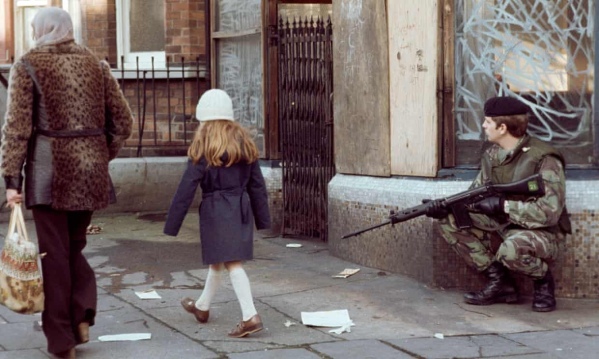


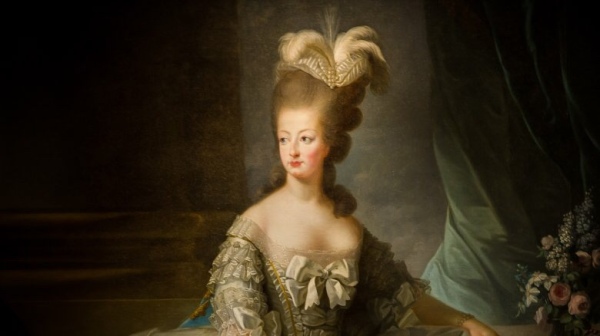
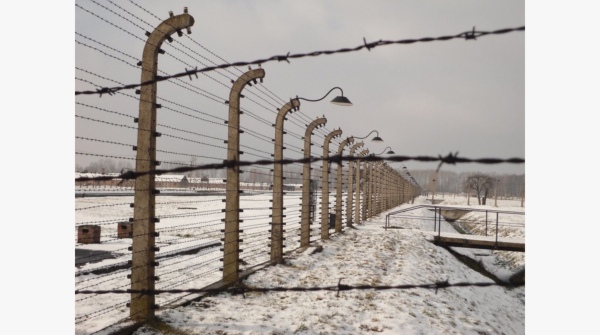

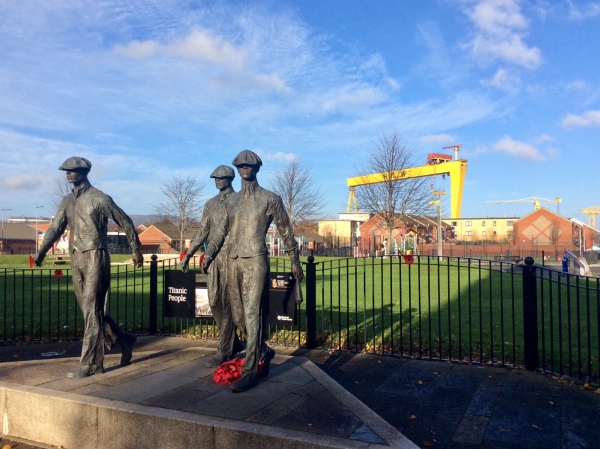


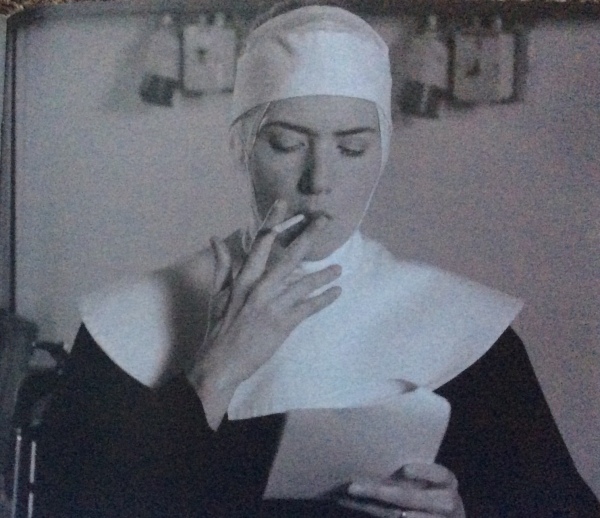
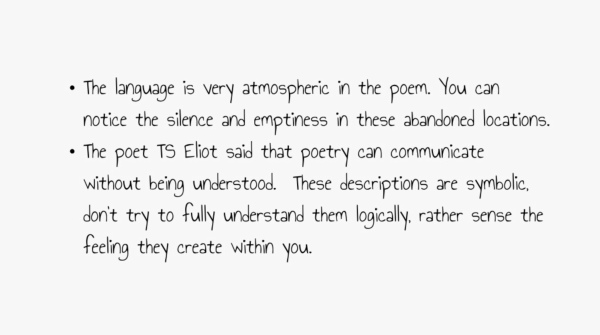














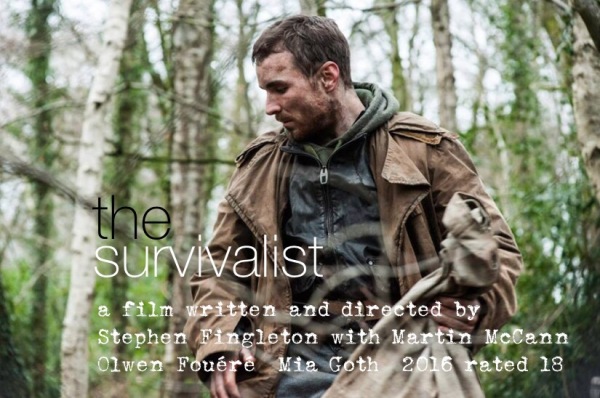
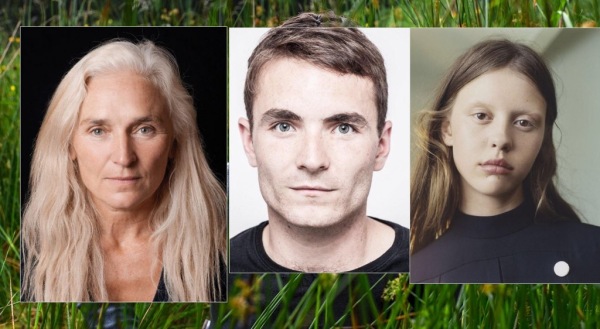
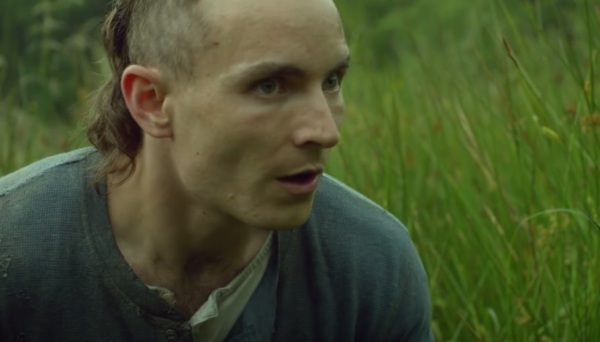
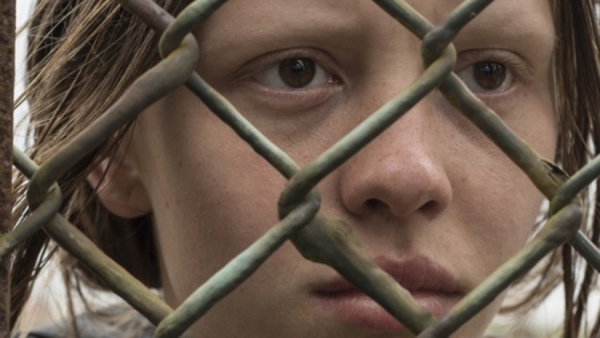



 Those of lone kidnap victims living long periods in isolation. Some of mother and child situations, of several separated but confined in close proximity to each other. Each and every one placed in a small environment year on year becoming part and element of the space they occupy. Some carry memory and experience. Knowledge alone is suspended and time has no authority or purpose as incarceration means endless endured living and existence. We are not in Ireland but everytown, for this, the film makers have taken us across an Ocean presumably to attract and it did, the American audience. Fear travels. The rewards are just lining up as this is an awesome traumatic drama by anyone’s stretch of template.
Those of lone kidnap victims living long periods in isolation. Some of mother and child situations, of several separated but confined in close proximity to each other. Each and every one placed in a small environment year on year becoming part and element of the space they occupy. Some carry memory and experience. Knowledge alone is suspended and time has no authority or purpose as incarceration means endless endured living and existence. We are not in Ireland but everytown, for this, the film makers have taken us across an Ocean presumably to attract and it did, the American audience. Fear travels. The rewards are just lining up as this is an awesome traumatic drama by anyone’s stretch of template.













































